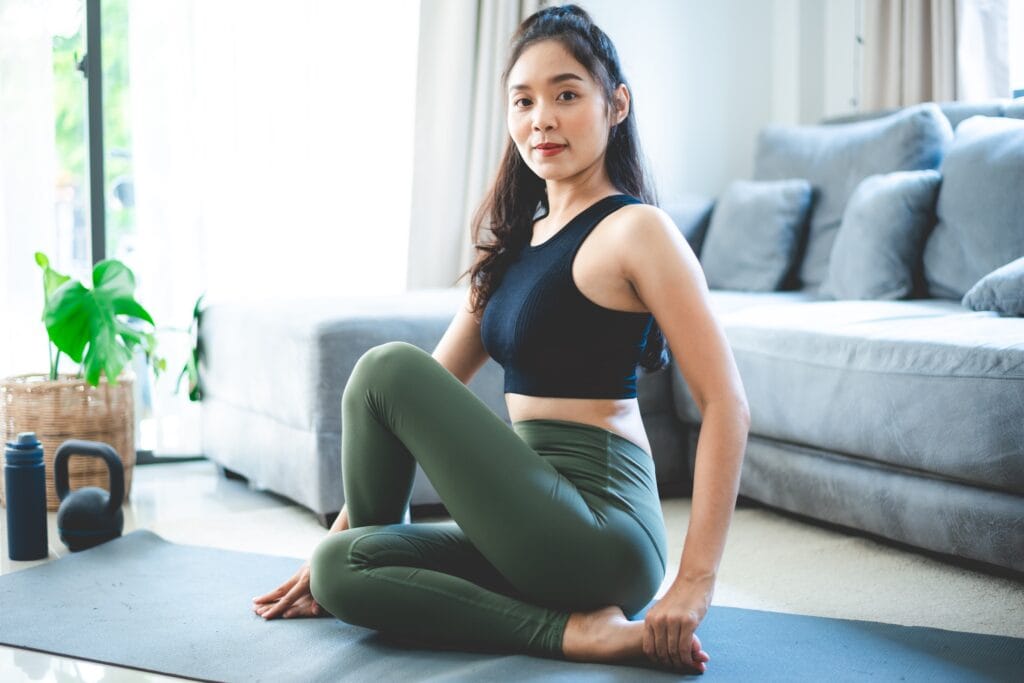
In today’s world where gym memberships cost as much as a week’s worth of groceries, boutique fitness studios pop up like milk tea shops and every other influencer is selling a supplement or fitness gear, it’s easy to believe that getting fit is only for the wealthy. But here’s the truth: you don’t need deep pockets to stay healthy. With a bit of commitment and creativity, fitness can be both ac-cessible and affordable for every Filipino.
The Department of Health reports that lifestyle-related illnesses such as heart disease, stroke and diabetes continue to rank among the top causes of death in the country. These diseases, while deadly, are preventable. What keeps people from taking pre-ventive action, however, is the belief that living healthy comes with a heavy price tag. Ironically, neglecting your health is what leads to the real expense — hospital bills, lost productivity and long-term medication.
The good news? Many effective fitness habits are free. Walking, for instance, remains one of the most underrated and powerful forms of exercise. According to the World Health Organization, 30 minutes of brisk walking daily can reduce the risk of heart dis-ease, improve mental well-being and aid in weight control. Most smartphones already have built-in pedometers, and with a simple goal of hitting 8,000 to 10,000 steps a day, you’re already making a long-term investment in your health. No fitness subscription needed — just a pair of comfortable shoes and the will to move.
For me, running has become an enjoyable part of my routine. It’s refreshing not only for the body but for the mind, too — running together with others creates a sense of community and makes the experience far from boring. It’s a great way to stay motivated and build consistency, without the need for a gym.
At home, bodyweight exercises such as push-ups, planks, squats and lunges require zero equipment and can be done in even the smallest spaces. A study by the American College of Sports Medicine confirms that bodyweight routines are effective in build-ing strength, improving endurance and boosting metabolism. Add to that the treasure trove of free workout videos on YouTube and you’ve got yourself a home gym that doesn’t charge monthly fees. No more excuses about traffic or gym hours; your living room is always open.
Another myth that needs busting is the idea that healthy food is expensive. While it’s true that imported health snacks and trendy “superfoods” can hurt the wallet, the Philippines is rich in affordable, nutritious local produce. Malunggay, kamote, kangkong, monggo, saba and sitaw are just a few of the many budget-friendly superfoods readily available in local marketplace. And let’s not forget drinking milk tea or sugary drinks that cost P100 or more per cup. Just by drinking more water and cutting out soda, we not only save money but also reduce our risk of obesity and diabetes.
There are also community-based solutions that many people overlook. Some local government units offer free weekend fitness programs like Zumba or aerobics in the plaza. Others hold health and wellness caravans where you can get free checkups, fitness consultations or join group exercises. Universities and workplaces may offer discounted access to gyms or wellness benefits, so it’s worth checking what’s available around you before committing to anything costly.
It’s also worth noting that staying fit goes beyond just exercise and diet. Sleep and stress management play major roles in overall well-being. Lack of sleep has been linked to weight gain, poor concentration, and increased risk of chronic illness. A good night’s sleep costs nothing, but its health benefits are priceless. Likewise, unmanaged stress—often from overwork or financial anxiety—can silently wreak havoc on your body. Instead of retail therapy or expensive “self-care” routines, consider journaling, walking, meditating, or simply talking to a friend. These are free and often more effective than any quick fix.
When people say they can’t afford to be healthy, they often forget the real cost of getting sick. According to PhilHealth, over 44% of the total health spending of Filipinos still comes from out-of-pocket expenses. That means many of us are just one health emergency away from draining our savings. Prevention truly is better—and cheaper—than cure.
At the end of the day, being fit doesn’t have to mean being fancy. You don’t need to wear branded activewear, drink protein shakes, or own a gym membership to be healthy. You just need to start moving, eat real food, rest well, and take care of your mind and body. Health is not a luxury for the rich—it’s a necessity for everyone. The path to fitness is not paved with pesos, but with purposeful daily choices. You can start today, and you don’t need to spend a cent to do it.
E-mail me at chris.cervantes@cardinalbuoy.com. Visit my website at www.cardinalbuoy.com. Follow me on Twitter @cervantes_rfp. Chris Cervantes is also the author of the best-selling book: “Financial Planning for the Fast Changing World” and “The Seed Money”.







